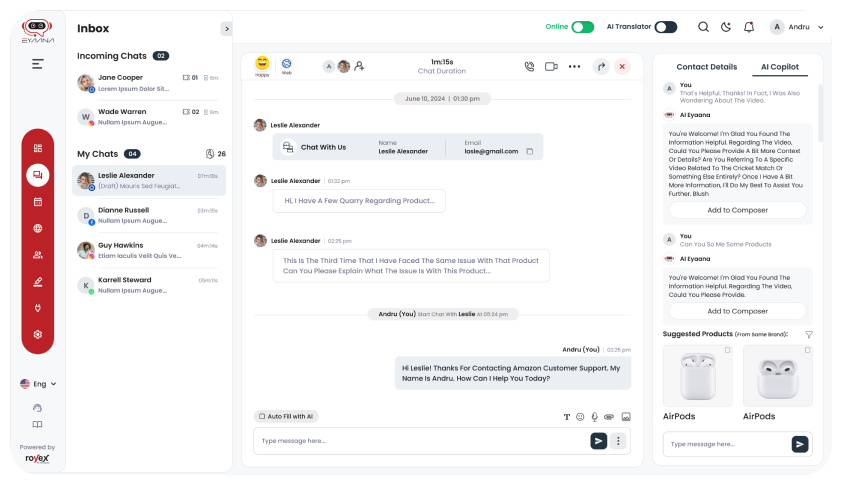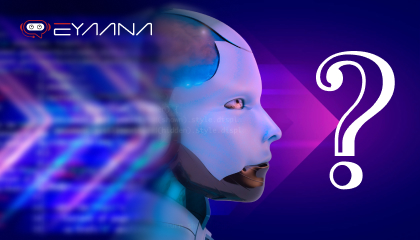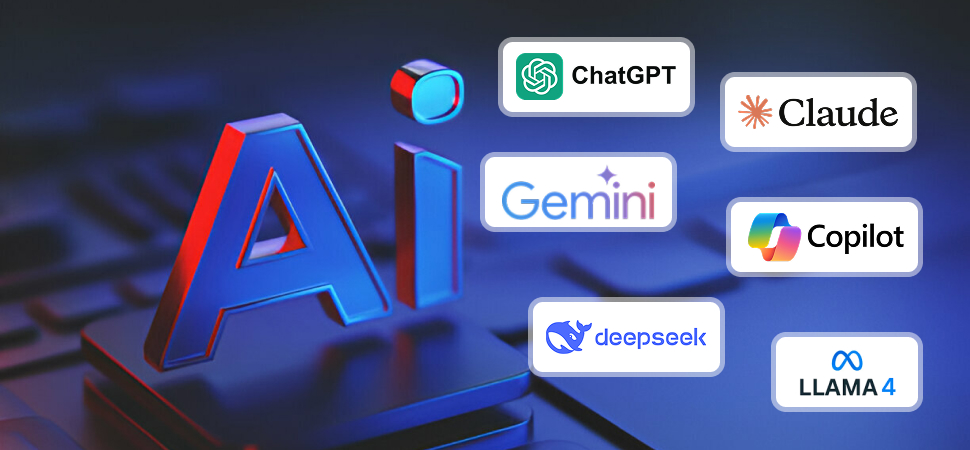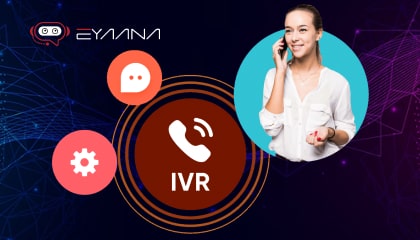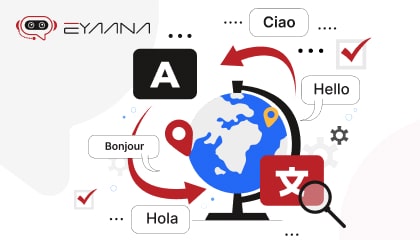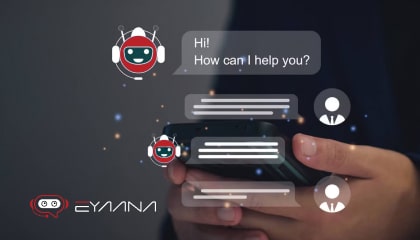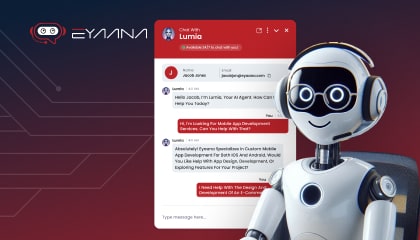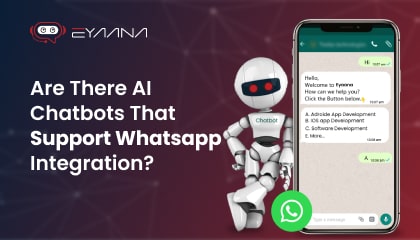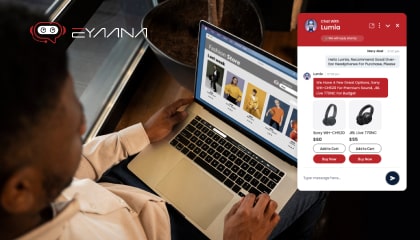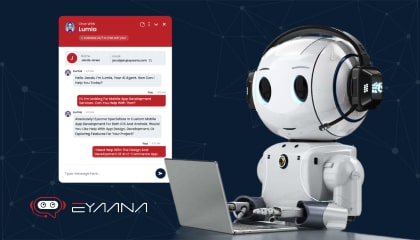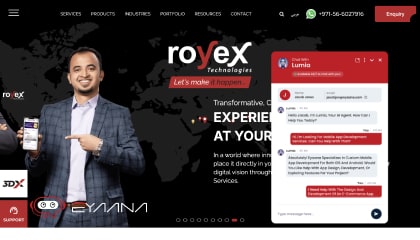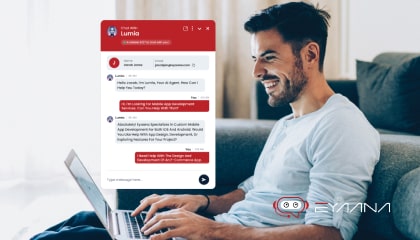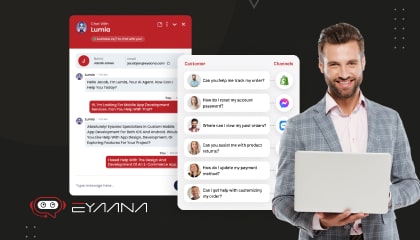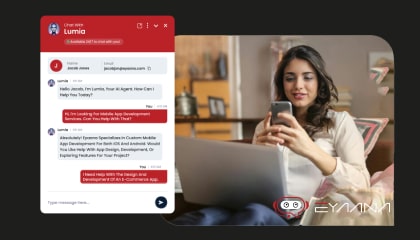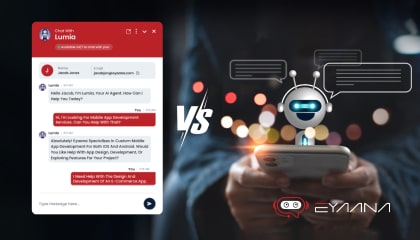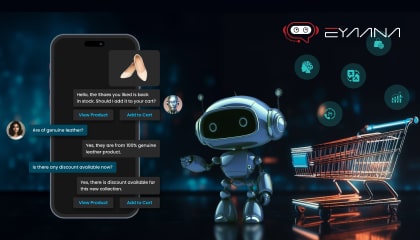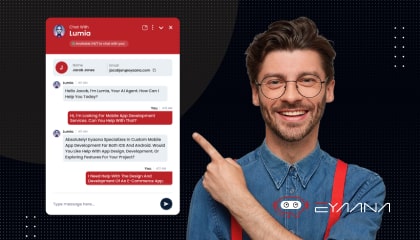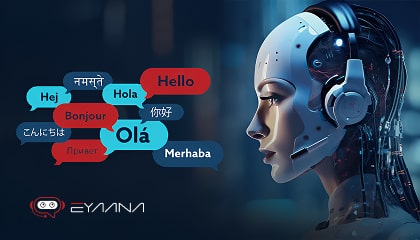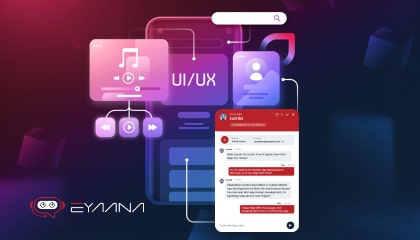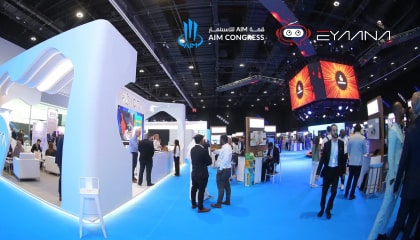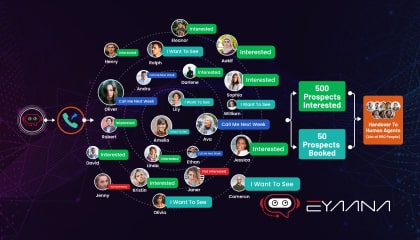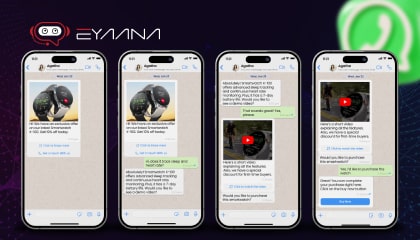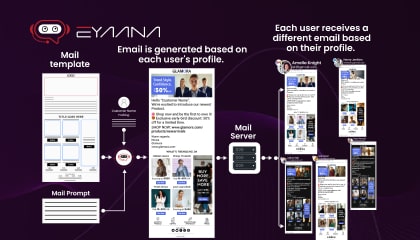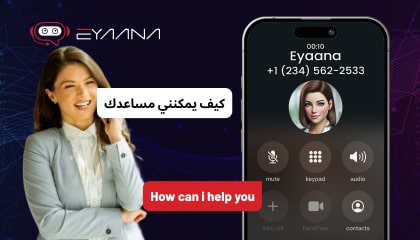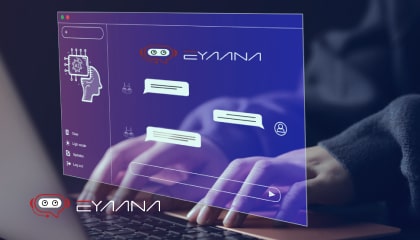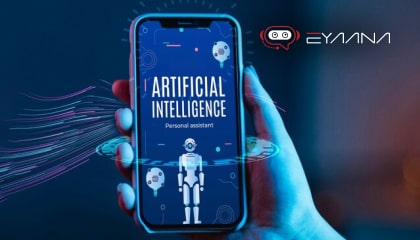Enquiry
Blog Details
Multilingual NLP Challenges in MENA — Practical Ways to Improve Chatbot Accuracy
Natural Language Processing (NLP) has become the backbone of conversational AI, enabling chatbots, voice assistants, and AI-driven customer service systems to understand and respond to human language. In the Middle East and North Africa (MENA) region, however, deploying chatbots and AI assistants comes with unique challenges. Unlike markets dominated by a single language such as English, MENA is home to diverse linguistic landscapes where Arabic, English, French, Urdu, Farsi, and other languages are spoken daily.
Arabic alone presents a wide variety of dialects—Egyptian Arabic, Levantine Arabic, Gulf Arabic, and North African Arabic—all significantly different in vocabulary, grammar, and pronunciation. Add to this the common practice of code-switching (mixing Arabic and English, or French and Arabic in a single conversation), and you quickly realize why multilingual NLP in MENA is one of the most complex challenges in AI development.
For businesses operating in this region, the stakes are high. Customers expect accurate, personalized, and culturally aware responses. A slight mistranslation or misinterpretation can frustrate users and negatively affect brand perception. On the other hand, companies that succeed in building accurate multilingual chatbots will unlock massive opportunities for customer engagement, brand loyalty, and revenue growth.
In this article, we’ll explore the key multilingual NLP challenges in MENA, the practical strategies to overcome them, and how businesses can leverage AI-first sales and marketing solutions to drive customer success. We’ll also highlight why Eyaana is the best choice for enterprises looking to deploy advanced AI-powered support, sales, and marketing solutions tailored for the MENA region.
The Linguistic Complexity of MENA
The MENA region is one of the most linguistically diverse in the world. Some key highlights:
-
Arabic Dialects: Over 30 dialects of Arabic are spoken, and most differ drastically from Modern Standard Arabic (MSA), the formal version used in media, education, and official documents.
-
Multilingual Populations: Countries like the UAE, Qatar, and Saudi Arabia have large expatriate populations who use English, Hindi, Urdu, Tagalog, and Farsi alongside Arabic.
-
French Influence: In North African countries like Morocco, Algeria, and Tunisia, French is widely spoken in professional and business settings.
-
Code-switching: It’s common for customers to mix languages, such as Arabic with English (“Spanglish”-like “Arabish”) or Arabic with French.
This environment means that chatbots in MENA must not only translate words but also interpret meaning, cultural nuance, and mixed-language sentences in real-time.
Key Challenges in Multilingual NLP for MENA
1. Dialectal Variation
Arabic is not uniform. For example, “car” is “sayyara” in Gulf Arabic but may be “karetta” in Egyptian Arabic. Training chatbots to recognize all these variations requires massive datasets and dialect-specific models.
2. Code-Switching
A customer may type:
“بدي book appointment for tomorrow” (I want to book an appointment for tomorrow).
Traditional NLP models fail because they expect a single language input.
3. Ambiguity in Arabic Script
Arabic script often omits vowels, leading to ambiguous words. For instance, “كتب” could mean “wrote,” “books,” or “office,” depending on context.
4. Low-Resource Languages and Dialects
Unlike English NLP, which has vast datasets, many MENA dialects lack large annotated corpora for AI training.
5. Named Entity Recognition (NER)
Identifying names, places, and brands in Arabic is complex due to spelling variations. For example, Mohammed, Mohamed, and Mohammad all refer to the same name.
6. Sentiment Analysis Challenges
Arabic dialects use unique slang and sarcasm, making it hard for chatbots to detect sentiment accurately.
7. Right-to-Left (RTL) Text Handling
Arabic script runs right-to-left, but numbers and embedded English words run left-to-right. This often breaks chatbot interfaces if not handled correctly.
8. Cultural Context & Sensitivity
Literal translation without cultural awareness can lead to misinterpretations or even offensive responses.
Practical Ways to Improve Chatbot Accuracy in MENA
1. Adopt Hybrid NLP Models
Use a mix of rule-based systems and machine learning models to handle dialect-specific expressions and code-switching.
2. Train with Local Data
Collect customer interaction data from the UAE, Saudi Arabia, Egypt, and North Africa to build region-specific datasets.
3. Dialect-Aware Tokenization
Instead of using a generic tokenizer, adopt dialect-sensitive tokenizers that recognize Gulf Arabic, Egyptian Arabic, and Levantine variations.
4. Multilingual Embeddings
Leverage models like mBERT (Multilingual BERT) or XLM-Roberta to build embeddings across multiple languages.
5. Code-Switching Models
Train chatbots to understand and respond in mixed-language contexts, particularly Arabic-English and Arabic-French.
6. Enhanced Named Entity Recognition
Use phonetic and spelling variations to capture common names and brands. Example: recognizing that "Mohamed" and "Muhammad" refer to the same entity.
7. Cultural Adaptation
Build a cultural lexicon of phrases, idioms, and polite forms of address. For example, using “Inshallah” naturally when confirming appointments can increase customer trust.
8. User Feedback Loops
Deploy chatbots that learn from user corrections in real-time. If a chatbot misunderstands, it can adapt for future accuracy.
9. Interface Optimization
Ensure chatbot UIs handle RTL scripts correctly, especially in omnichannel platforms like WhatsApp, Instagram, and websites.
The Business Impact of Accurate Multilingual Chatbots
Customer Expectations in the UAE and MENA
-
A recent survey found that 70% of UAE consumers expect brands to offer customer support in both Arabic and English.
-
In Saudi Arabia, over 60% of online shoppers prefer Arabic-first support, even though many are bilingual.
-
North African markets demand Arabic-French bilingual bots for smoother engagement.
Benefits of Multilingual NLP in MENA
-
Higher Conversion Rates: Customers are more likely to complete purchases when assisted in their preferred language.
-
Improved Retention: Personalized, accurate support builds trust and repeat business.
-
Market Expansion: Brands can serve both local Arabic speakers and expatriates in one platform.
-
Reduced Support Costs: AI chatbots reduce dependency on large multilingual human agent teams.
Future Trends in Multilingual NLP for MENA
-
Arabic-Specific Large Language Models (LLMs) – Regional AI companies are building Arabic-first LLMs to overcome dialect gaps.
-
Speech-to-Text AI in Arabic – Voice assistants are growing in popularity, requiring speech recognition for multiple dialects.
-
AI-Powered Translation for MENA – Real-time Arabic-English-French translations will become a standard feature.
-
Emotion-Aware Chatbots – Future NLP models will integrate sentiment detection tailored for Arabic slang and sarcasm.
Why Eyaana is the Best AI-First Sales and Marketing Solution in MENA
At Eyaana, we understand that businesses in the MENA region face unique challenges in multilingual customer engagement. That’s why our platform is built as an AI-first sales and marketing solution, designed from the ground up to handle multilingual NLP complexities.
Here’s why Eyaana is the top choice:
-
AI-Powered Multilingual Chat: Eyaana supports Arabic, English, French, Urdu, and more, with dialect awareness for Gulf, Egyptian, and Levantine Arabic.
-
Omnichannel Support: Engage customers across WhatsApp, Instagram, Facebook, websites, and mobile apps seamlessly.
-
AI-Driven Sales & Marketing: Beyond customer support, Eyaana enables lead generation, deal management, AI-driven sales forecasting, and personalized marketing campaigns.
-
Cultural Sensitivity: Our AI models are trained on regional data, ensuring accuracy and cultural relevance.
-
Hybrid AI + Human Agent Support: Customers can easily transition from AI to live human agents for complex queries.
-
Enterprise-Ready: With compliance to GDPR, HIPAA, and AICPA SOC, Eyaana is trusted by enterprises across industries.
In a region as diverse as MENA, businesses cannot afford generic chatbots. They need AI-first sales and marketing solutions that understand languages, dialects, and customer expectations. Eyaana delivers exactly that.
Conclusion
Multilingual NLP in MENA comes with unique challenges: dialectal variation, code-switching, lack of datasets, and cultural nuances. However, businesses that invest in accurate, culturally aware chatbots will gain a significant competitive edge.
By adopting dialect-aware NLP models, multilingual embeddings, and culturally sensitive design, enterprises can build chatbots that truly connect with customers in the UAE and beyond.
With Eyaana’s AI-first sales and marketing solution, companies can bridge the language gap, deliver exceptional customer experiences, and drive measurable growth in one of the world’s fastest-evolving regions.
Do you need help?
We will provide detailed information about our services, types of work, and top projects. We will calculate the cost and prepare a commercial proposal.
